As I edit, whether it’s college English papers or marketing copy for business owners, there is one common blunder in most copy: two spaces between sentences.
Years ago, we were all hounded by our English teachers to put TWO spaces between sentences. Two spaces. Two spaces. Two spaces. But what were we using years and years ago before everybody had a personal computer (or two or three)? Yep, you guessed it—typewriters.
 I learned to type in high school in Keyboarding class on a typewriter. Seems like it must have been the Stone Age, doesn’t it? Typewriters only had one font: monospaced font. If you open Microsoft Word and use “Courier” font, you can visibly reminiscence about the days of the typewriter. Monospaced font was not proportional, meaning that each letter and character occupied the same amount of space. The typewriter, God bless its ancient soul, moved the same distance forward after each letter was typed. Because of that, typists inserted two spaces between sentences so that the page didn’t look all smashed together and very difficult to read.
I learned to type in high school in Keyboarding class on a typewriter. Seems like it must have been the Stone Age, doesn’t it? Typewriters only had one font: monospaced font. If you open Microsoft Word and use “Courier” font, you can visibly reminiscence about the days of the typewriter. Monospaced font was not proportional, meaning that each letter and character occupied the same amount of space. The typewriter, God bless its ancient soul, moved the same distance forward after each letter was typed. Because of that, typists inserted two spaces between sentences so that the page didn’t look all smashed together and very difficult to read.
Today’s word-processing programs have hundreds, if not thousands, of fonts that are proportional, where each letter or character has its own width. This allows for better readability and a more professional-looking page. Therefore, two spaces are no longer needed—at all. Nada. Nope. Never. Ever. (Ever!)
Breaking the habit of adding two spaces between sentences can be hard. But no worries! You can easily change an entire document in mere seconds with the “find/replace” function.
- Press “Control” and “F” and the “Find and Replace” box will pop up.
- Click on the “Replace” tab.
- In the “Find What” row, press the space bar twice.
- Then in the “Replace With” row, press the space bar once.
- Now click “Replace All.”
Every single page will be adjusted immediately, and it will tell you how many replacements were made. You may want to do this several times until the program says “0” replacements. I’ve worked with some professionals (who will remain nameless) who put more than two spaces between sentences, so I’ve had to “find and replace” over and over again to make sure only one space is between each sentence.
No matter what you write—whether emails or blogs, college papers or professional copy—stop typing two spaces between sentences, as if in the Dark Age of typewriters. Join the technologically-advanced age of ONE space between sentences! Editors will thank you!





